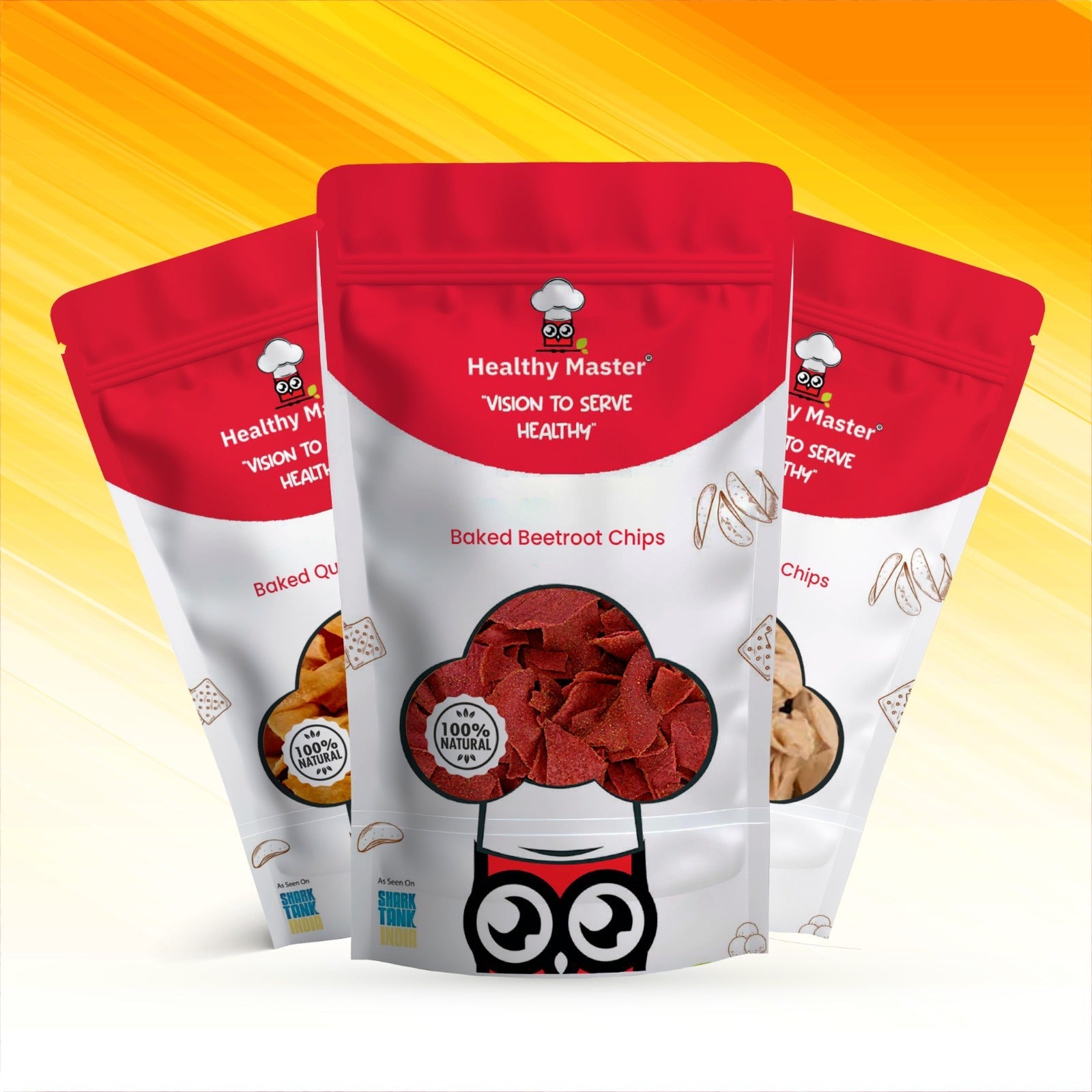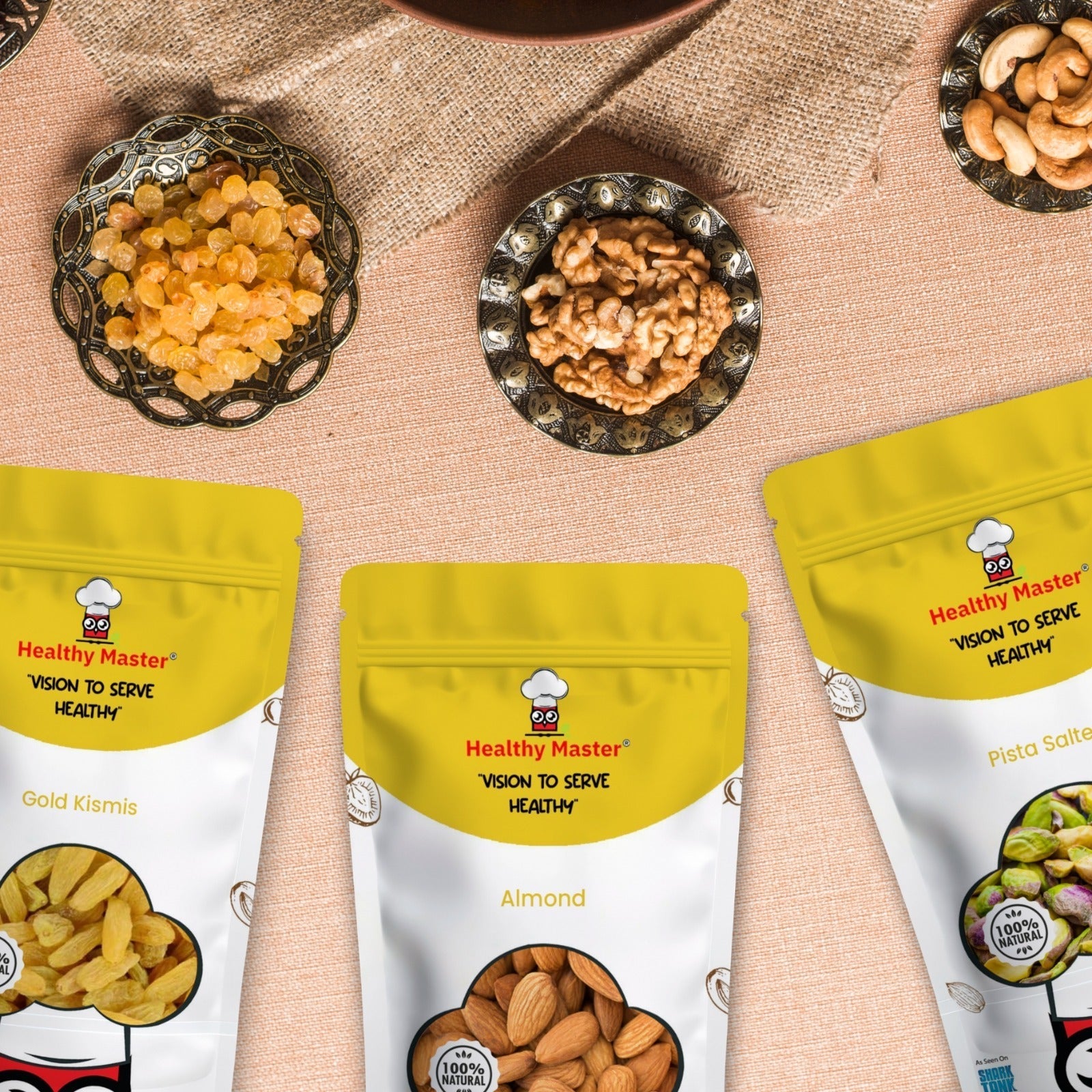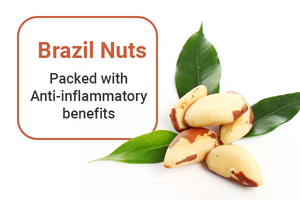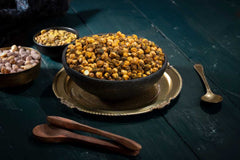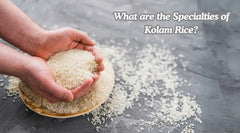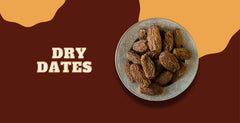Sabja seeds, also known as tukmaria or basil seeds, are black seeds with a similar appearance to chia seeds that have numerous health advantages. They are native to India, however, they are not the same as the holy basil, also known as Tulsi. The health benefits of sabja seeds are enormous as they are high in protein, vital fatty acids, carbohydrates, and fiber. Surprisingly, they are also calorie-free.
Understanding Sabja Seeds and Its Historical Significance:
Sabja seeds are extremely hard and cannot be eaten raw. It's preferable to eat them after soaking them in water for a few minutes to make them more gelatinous. Sweet basil, Ocimum basilicum, is the source of Sabja seeds, which are often used as a spice. Sweet basil seeds are what they're called since they come from the sweet basil plant.
Sabja seeds, as they are known in India, are cultivated on a sensitive, medium-sized herb and are typically found in warm and tropical climates. They have been praised by Ayurveda and Chinese medicinal practitioners for centuries for the therapeutic and health benefits they offer.
These seeds, which are native to India and other Southeast Asian countries, have been cultivated for over 5000 years and are a must-have component in Thai, Vietnamese, Italian, and Indian cuisines, particularly in sweets.
Sabja seed, which can produce a gelatinous substance with significant moisture retention, has been shown in scientific studies to help people lose weight by delaying digestion. Sabja seeds can retain water for longer periods, and it is this natural aptitude that has made these normally tiny, hard kernels in the raw form a highly sought-after component for food thickening and emulsification.
The jelly-like material in these seeds slows digestion, delays glucose release into the bloodstream, inhibits obesity, and discourages overeating, in addition to addressing diabetes-related issues.
How to Add Sabja Seeds to Your Diet for Maximum Health Benefits?
Sabja seeds are normally eaten after soaking for 30 minutes in water. In the presence of water, these naturally gelatinous seeds swell, becoming soft and translucent to the touch. Each seed is coated with a white film and begins to release antioxidants and digestive enzymes after expanding to at least twice its original size.
Sweet basil seeds are mildly aromatic and can be used for a variety of drinks or to garnish on top of ice creams and sweets. These tiny seeds can be packed as a snack or sprinkled on top of soups.
Here is a list of health benefits of Sabja seeds:-
Good for weight loss:
Sabja seeds are a good source of alpha-linolenic acid (ALA), which is derived from the Omega-3 fatty acids found in the seeds. These acids help the body's fat-burning metabolism to speed up. It's also high in fiber, which keeps your stomach fuller for longer and prevents hunger. You can mix it with yogurt or sprinkle it on fruit salad as a pre-meal snack to curb your appetite.
Sabja Seed Benefits to Maintain Blood Sugar Level:
Sabja seeds are beneficial to type 2 diabetics because they are believed to control blood sugar levels. They slow down your body's metabolism, limiting the conversion of carbs to glucose. Breakfast could simply consist of soaking basil seeds in a glass of milk. It's a delicious and healthful drink.
Sabja Seeds Benefits to Minimize Body Heat:
In some Asian nations, such as Thailand, sabja seeds are combined with water, sugar, honey, and occasionally coconut milk to form a drink. It's a refreshing drink to help you beat the summer heat. They are one of the most effective body-cooling agents. They are known to reduce body heat, which is why they are frequently used to cool drinks such as nimbu paani, sherbets, and milkshakes.
Relieve from Bloating:
Sabja seeds have a reputation for naturally detoxing the body and regulating bowel movements. For a couple of days, drinking a glass of milk with some sabja seeds before going to bed can do wonders. They have essential oil that promotes digestion while also alleviating gas from the intestinal system.
Good for Skin and Hair:
Sabja seeds mashed in coconut oil and applied to problematic areas assist treat eczema and psoriasis, among other skin problems. Warm the seeds in a cup of coconut oil without soaking them for a few minutes before using them. Eating basil seeds on a daily basis aids in the production of collagen, which is necessary for the formation of new skin cells when old ones are broken due to general wear and tear. Iron, Vitamin K, and protein are abundant in Sabja seeds. These nutrients are necessary for healthy, long hair. Hair growth and volume are also aided by protein and iron.
Helps with Cold and Cough:
Sabja seeds have an antispasmodic effect, which means they relieve tension and relax spasmatic muscles. They aid in the control of increasing cough in this way. They help to boost the body's immunity as they contain vicenin, orientin, and beta-carotene flavonoids that strengthen the body's defense system.
Sabja seeds help to relieve stomach pain and their diuretic properties help to eliminate toxins from the body. They deliver relief by neutralizing the acidic effect of HCL in the body. Because soaked sabja seeds are high in water, they aid in soothing the stomach lining and alleviating the burning sensation.
Rich in Minerals:
According to product nutrition labeling in the United States, 1 tablespoon of basil seeds contains 15% of the Recommended Daily Intake (RDI) for calcium and 10% of the RDI for magnesium and iron. Calcium and magnesium are necessary for bone health and muscle function, whereas iron is required for the synthesis of red blood cells. Many people do not consume enough calcium and magnesium as a result of their diet. Basil seeds may help you meet your daily requirements for these nutrients.
Basil seeds are also a good source of iron and calcium for vegetarians and vegans who don't eat meat or dairy.
Below are the sabja seed side effects if not consumed in Moderation:-
- In certain people, sabja seeds can cause diarrhea, vomiting, nausea, acne, acid reflux, headaches, stomach pains, and loss of appetite.
- In some conditions, sabja seeds can cause low blood sugar.
- Pregnant women and toddlers should avoid sabja seeds, according to most healthcare specialists. If the seeds are not well blended in water, children may choke. They might also lower estrogen levels in the body and are hence not suggested for pregnant women.
- Basil oil and extracts are not recommended for intake if you have recently had surgery or injury since they can impede blood clotting. If you have any surgery coming up, you must cease using basil at least two weeks before the procedure.
- The suggested daily dosage is one tablespoon, though this may vary from person to person.
Weight management is one of the key health benefits of the Sabja seed diet. These wonder seeds are an indigenous boon to India, dating back to around 350 BC. In the 1600s, it crossed borders and dominated the globe through Western countries such as England. Let’s check the Nutritional value of sabja seeds:-
Sabja Seeds Contain the Following Nutrients in 100 grams:
- Energy - 233Kcal
- Protein - 23g
- Fats - 4g
- Fiber - 6g
- Carbohydrates - 48g
Recipes to Try:
Summer Special Sabja Seed Pudding:
- Combine the sabja seeds and milk in a mixing bowl and whisk until thoroughly combined. When the seeds start to swell up, you can stop whisking.
- Refrigerate it overnight after storing it in an airtight container.
- The mixture will have turned gelatinous the next morning. Assemble the pudding in a serving bowl or glass.
- Place some mango sauce on the bottom, then some soaked sabja seeds on top, and finally the fruits (mangoes and pineapple). Prepare the second batch or layer in the same procedure.
- To add crispness to the dish, top it with some dried fruits and nuts. Drizzle some maple syrup/honey on top if desired.
This pudding can also be used to satisfy sweet cravings as a healthier dessert option.
2. Sabja porridge with mixed fruits:
- Soak the sabja seeds in warm water for 10 to 15 minutes after washing them. Remove the excess water using a strainer and set it aside.
- Combine banana, unsweetened almond milk, dates, cinnamon, and salt in a blender. To make a thick paste, combine all of the ingredients in a blender.
- Toss in the seeds and set them aside for a minimum of 10 minutes.
- Serve sabja porridge in dishes with assorted fruits on top. To change the texture of the porridge, add more almond milk.
Sabja seeds are well-known for their life-enhancing properties. They not only keep your skin and hair healthy, but they also provide a variety of additional health benefits that are essential for living a healthy life. Buy sabja seeds from Healthy Master and enjoy their benefits.
 Deal of the week : Trial Snack Box - 18 Wholesome Delights Just at ₹ 899.00
Deal of the week : Trial Snack Box - 18 Wholesome Delights Just at ₹ 899.00



